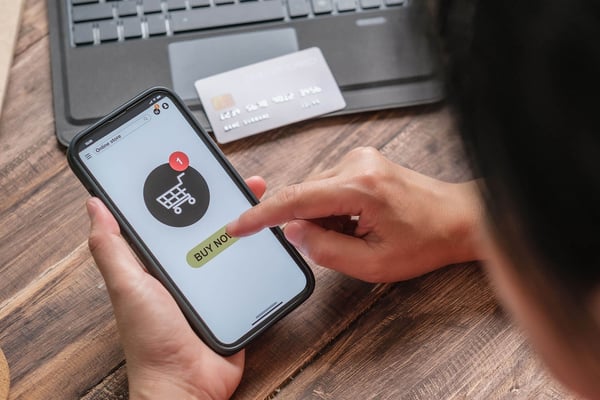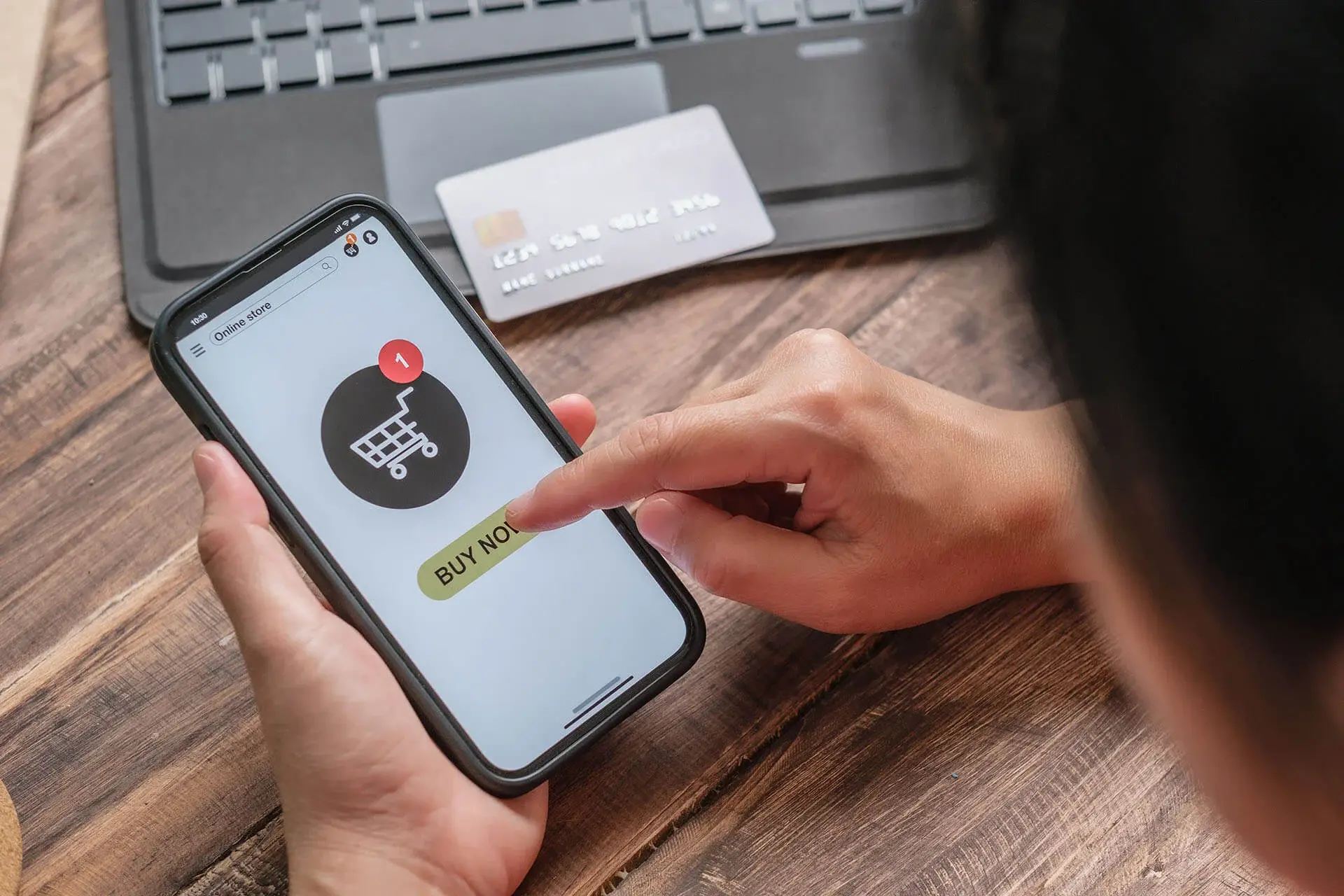Understanding how prospects move from discovering your product or service to making a purchase is key to successful marketing and sales efforts. This everyday process that all consumers experience, even yourself, is known as the “buyer’s journey.”
With the advent of digital media, most buyers are doing plenty of research on their own, only reaching out to a sales department when they are 70 percent of the way to making a purchasing decision. Marketers who master this modern buyer’s journey will realize opportunities to intercept prospects at every stage to foster leads and convert customers.
The Awareness Stage: Providing a solution to a problem
Companies need to identify where their target prospects are conducting their research to ensure they are providing the right information on the right platforms to generate brand and product awareness. In 2022, 58 percent of consumers reported they've discovered at least one new product through searching the internet, making it the most popular way that prospects discover solutions, followed closely by social media. However, many people still learn about products and services through conventional forms of media including retail stores and TV ads.

Mapping your customer’s buying process as specifically as possible—down to what social media platform or retail store they’re visiting most—will help you learn how prospects find your brand and make the leap from consideration to decision. Not sure where to start? You can begin to gather this data through:
- Website analytics
- Social media data
- Customer forms and surveys
- Focus groups
- Customer service agent feedback
- Interviews with past customers
Once you understand where your target customers are hanging out and how they buy, you’ll be able to influence them with appropriate content for each stage of their journey.
For example, during the awareness stage, prospects are searching for solutions to a certain problem. Sharing educational content about how your company can help alleviate their pain point can be effective in catching their attention and engaging them to learn more. Some of the best types of content for this stage of the buyer’s journey include:
- FAQs
- How-to guides and troubleshooting instructions
- Industry reports
During this stage, it’s also important to use the right type of keywords when you're optimizing web content, including terms that are related to ideas like resolving and solving, preventing, improving, upgrading, and troubleshooting.
The Consideration Stage: Building trust
After learning about solutions that can solve their problem, a prospect begins to focus their research on determining which vendors will best meet their needs. This is where you need to provide information that builds their confidence in selecting yours as the right choice! After price and quality, 46 percent of customers cited product reviews as one of the most important factors when making a purchase decision. Some other types of content for this stage include:

- Demos
- Pricing and quality information
- Vendor comparisons
The key during this stage of the buyer’s journey is relationship building, which you can do through lead-nurturing emails and social media.
The Decision Stage: Closing the deal
The final stage of the buyer’s journey is the purchasing decision. To engage with your prospect at this point it’s time to share content that convinces them to buy. This can include showcasing your company’s great customer service and demonstrating how your products have solved pain points for others to maximize conversions. You can achieve this with content such as:
- Customer testimonials
- Training information
- User guides
- Value-added content
- Promotional material

Because the decision phase is all about making the purchase, some of the best keywords you can use include coupon, select, discount, buy, and purchase.
Once the buyer’s journey is over, sales plays an important role in nurturing past buyers to create repeat customers by building brand loyalty, staying in touch and providing great follow-up service. You can also leverage satisfied customers to convert more prospects by encouraging product reviews.
The buyer’s journey is not a static one, with ever evolving twists and turns. That’s why it’s important to continue to understand the personalities and pain points of your buyers and monitor their purchasing process. While this takes time and effort, companies who continually gather insights and implement them into their marketing strategies will foster trust with consumers who want to feel that brands care about them, and thrive in a competitive, changing business environment.
Want to learn more about generating and nurturing leads? Get in touch with us for a free 60-minute consultation.





